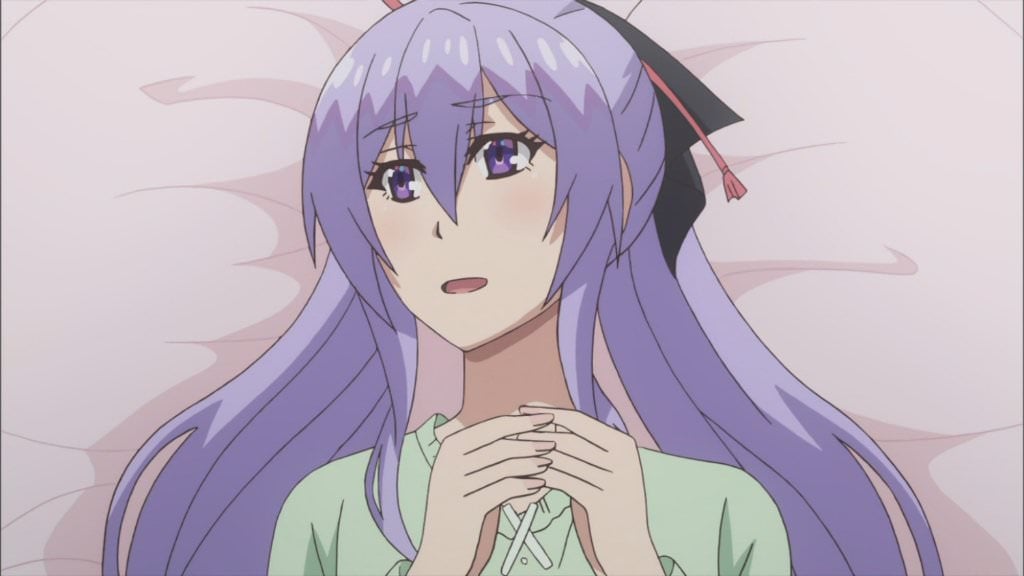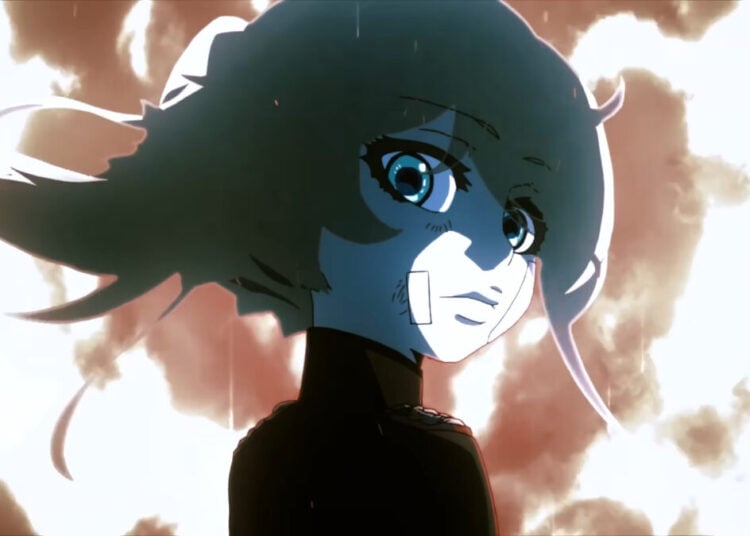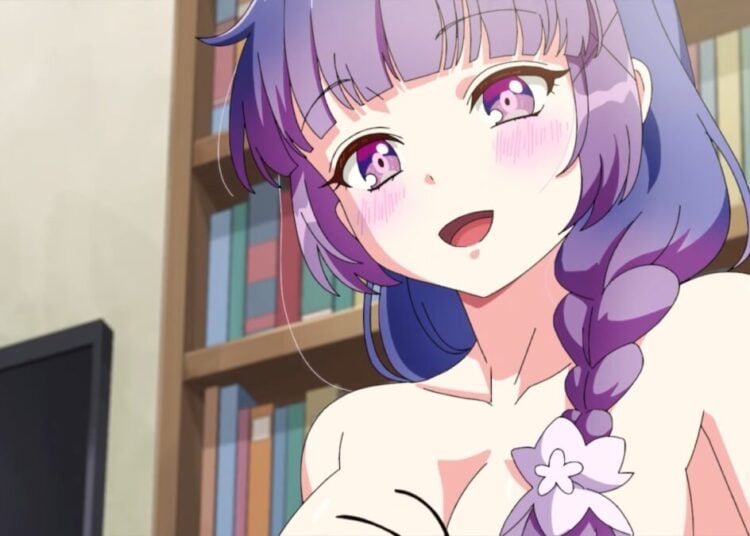Jun Sugawara is not a name that would be immediately recognizable to anime fans both inside and outside Japan. He’s not a director, an animator, or even a producer, and yet he’s still doing some of the most important work within the anime industry in Japan.
In 2014, Sugawara founded the Animator Dormitory in Tokyo, which helps animators survive their first three years in the industry, which are said to be the toughest due to incredibly low starting wages. The dormitory provides these young animators with a place to live that comes complete with rent, utilities, a stable Internet connection, and occasional classes with professionals in order to help them improve their craft for only 30,000 yen per month (less than $300 USD). Why does he do this? Because he loves anime and he wants to see it survive for future generations to enjoy as well.
Initially, he used his own savings to get the dorm built, and the building has since housed around 40 different up-and-coming animators, some of which have gone on to become directors, including Shingo Tamagawa (animation director – Gundam Reconguista in G) and Tatsuro Kawano (director – Burn the Witch).
Now, Sugawara is setting his sights on his next enormous project; slowly revolutionizing the pay system for animators in Japan!
For the last year, Sugawara has been working with performance artists from overseas to create a brand new music video which will be worked on by some of the dormitory’s supporters, including Shintaro Douge (opening director – March Comes in Like a Lion) as director, Shingo Tamagawa, Masaaki Tanaka handling key animation, Kenichi Kutsuna (key animator – A Certain Scientific Railgun) doing effects animation, and Shingo Yamashita (director – Pokémon: Twilight Wings) handling the compositing.
Meanwhile, the names included on the music side reads like a who’s who of popular anime music YouTubers and voice actors, all of whom donated their time and talents to the charitable cause. Mason Lieberman (composer on RWBY) composed and conducted the song with over a dozen big names providing everything from brass, drums, and vocals including voice actors Dawn Bennett, Morgan Berry, and Brina Palencia, popular YouTubers such as Caleb Hyles, Adriana Figueroa, Amanda Lee, and oh so many more!
The rest of the staff will be made up of dormitory alumnus and other professionals within Japan who believe in the same overall goal of raising the salary standards for animators in Japan.
The aim of the project is to create a full music video for the original IP and pay the creative staff behind it a fair wage, which they hope will inspire other studios to start doing the same thing. Within three years, Sugawara hopes to open his own brand new animation studio, which will offer salary rates of up to four times the current rate.
So why is this project so important, and why is it even needed to begin with? The answer is a bit complicated, so stick with me here.
One of the worst-kept secrets in Japan’s anime industry is just how much trouble the entire system is in. Using figures gathered during the 2015 survey by the Japan Animation Creators Association, the Kickstarter reports the average annual salary for an animator in their 20s is about 1,100,000 yen (about $9,900 USD) and that’s actually being generous. In reality, there are some first-year animators in Tokyo who make closer to 30,000 yen (about $270 USD) per month. In an expensive city like Tokyo, where the average rent on a studio apartment is around 60,000 yen (roughly $540 USD) per month, you have a problem with animators not being able to survive long enough to become experienced in their craft. In fact, according to the same figures cited above, it’s said that 90% of employees leave their jobs within three years of joining a studio.
Even those who do decide to stick with the job long enough to become key animators are not paid fairly for their time and effort, and many of them end up leaving the industry in their 30s to pursue marriage or another career entirely.
Another issue plaguing the industry, according to the Kickstarter, is the production committee system, which the campaign admits is both good and bad. While production committees help get anime funded, they have also led to low animation budgets (most anime operate at a tenth of the cost of the average Disney production) and no royalty system which rewards studios and animators for series that become hits. All the money goes towards the committee instead.
All of these reasons explain why more low-quality shows are making it onto the air, despite not being ready for public consumption (an example: My Sister, My Writer). It also explains why studios are shuttering their doors and going out of business, and why one in four studios is operating in the red.

Unfortunately, the campaign also admits that there is no easy way to fix this problem without some serious changes being made to the industry as a whole. That’s where this campaign comes in, which is relying on overseas fans to help make its goal a reality and help it take its first steps towards changing the anime world.
When asked why Sugawara targeted overseas fans on Kickstarter specifically, he said:
Our music video project is our effort in making an original work. On top of that, I thought there’d be some demand for anime opening style music videos from overseas musicians and YouTubers.
I also believe one of the most important things is to value our overseas fans.
Anime is usually targeted towards Japanese people, since Japan has a sizable population of about 120 million.
Because of this, while there’s the benefit that Japanese works may be more unique and interesting from a foreign perspective, it also means some loss in business opportunities.
Until just recently, even if you were a fan of anime, it was hard to find (legal) means to watch it. I think that sort of situation makes it clear that anime fans overseas were never really considered. I believe making anime accessible overseas could change a lot. That’s why we’re taking on the challenge of overseas crowdfunding. We want fans from all over the world to participate in this project, not just Japan and the US.
With 48 days to go on the Kickstarter as of this writing, the campaign has raised a little over $3,500 of its $47,380 goal, with the goal being ALL OR NOTHING. Meanwhile, they’ve raised $1,021 on their GoGetFunding campaign.
If you’ve ever wondered how you can support the industry and make a positive change in the lives of those who give us countless hours of entertainment from shows that we love watching every season, I urge you to throw in whatever you can afford to help make this dream a reality.
Sugawara admits that his goals are big. When asked if he had already gotten any resistance from others within the anime industry, he admitted “We still haven’t made that information public in Japan, so we haven’t had any opposition for now. If we do, I’m sure we’ll get criticism from managers who run exploitative companies.”














